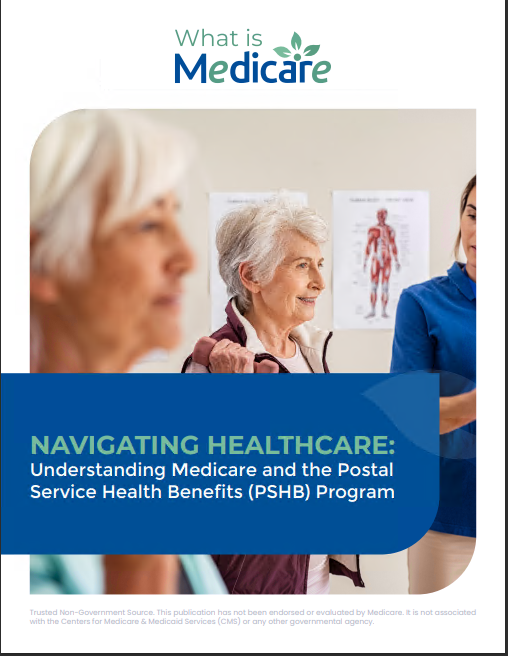Key Takeaways:
- The Medicare Part D formulary list for 2024 includes updates and new medications.
- Understanding the enrollment process and avoiding late enrollment penalties is crucial for maximizing Medicare Part D benefits.
Medicare Part D Prescription Drug Coverage: What’s New in 2024?
As we move into 2024, several important updates to Medicare Part D prescription drug coverage have been made. Staying informed about these changes can help beneficiaries manage their prescription drug costs more effectively and ensure that they have the necessary coverage for their medications.
Medicare Part D Formulary List 2024: What Medications Are Covered?
Each year, Medicare Part D plans update their formulary lists, which specify the medications covered under the plan. For 2024, several notable changes have been made to these formularies:
New Additions to the Formulary
In 2024, a variety of new medications have been added to the Medicare Part D formulary lists. These include recently approved drugs that offer innovative treatments for conditions such as cancer, diabetes, and cardiovascular diseases. The inclusion of these new medications ensures that beneficiaries have access to the latest advancements in medical treatments.
Tier Adjustments
Changes to the tier system, which categorizes drugs based on their cost and coverage, have also been implemented. Some medications have been moved to lower tiers, reducing out-of-pocket costs for beneficiaries. Conversely, certain high-cost medications have been placed in higher tiers, reflecting their increased expense.
Prior Authorization and Step Therapy
Certain drugs now require prior authorization or step therapy. Prior authorization means beneficiaries need approval from their plan before the medication is covered. Step therapy requires trying less expensive medications before “stepping up” to more costly ones. These measures are designed to manage costs while ensuring effective treatment.
How to Enroll in a Medicare Part D Plan
Enrolling in a Medicare Part D plan can be straightforward if you know the steps. Here’s a detailed guide to help you through the process, from initial enrollment to choosing the right plan:
Initial Enrollment Period
The Initial Enrollment Period (IEP) for Medicare starts three months before you turn 65 and ends three months after the month you turn 65. During this period, you should sign up for Medicare Part D to avoid late enrollment penalties.
Annual Enrollment Period
The Annual Enrollment Period (AEP) runs from October 15 to December 7 each year. During this time, you can enroll in, switch, or drop a Medicare Part D plan. Changes made during this period take effect on January 1 of the following year.
Special Enrollment Periods
Special Enrollment Periods (SEPs) are available for individuals who experience certain life events, such as moving out of their plan’s service area, losing other credible prescription drug coverage, or qualifying for Extra Help (a program that assists with prescription drug costs for those with limited income).
Comparing Plans
When choosing a Part D plan, consider the formulary, the list of covered medications, and the cost. Use the Medicare Plan Finder tool on the official Medicare website to compare plans based on premiums, deductibles, and out-of-pocket costs.
Medicare Part D Late Enrollment Penalty
Failing to enroll in Medicare Part D when first eligible can result in late enrollment penalties. Here’s how these penalties are calculated and steps you can take to avoid them:
Calculation of the Penalty
The late enrollment penalty is calculated by multiplying 1% of the “national base beneficiary premium” by the number of full, uncovered months you were eligible but didn’t join a Medicare drug plan and went without other credible prescription drug coverage. This amount is then added to your monthly Part D premium.
Avoiding the Penalty
To avoid the penalty, enroll in a Medicare Part D plan during your Initial Enrollment Period. If you have other credible prescription drug coverage (such as through an employer), ensure there is no gap in coverage when transitioning to a Medicare plan. Additionally, qualifying for Extra Help can prevent penalties and reduce costs.
Applying for Exceptions
If you believe the penalty was applied in error, you can request a review. Contact your plan to explain your situation and provide any documentation that supports your case. The plan will then review your information and make a determination.
Expanding Benefits in 2024
Enhanced Coverage for Vaccines and Insulin
Starting in 2024, Medicare Part D plans will cover adult vaccines recommended by the Advisory Committee on Immunization Practices (ACIP) without cost-sharing. This includes vaccines for shingles and pneumonia, which are crucial for older adults. Additionally, the out-of-pocket cost for insulin is capped at $35 per month, making this essential medication more affordable for beneficiaries with diabetes.
Changes from the Inflation Reduction Act
The Inflation Reduction Act has introduced significant changes to Medicare Part D. For example, the 5% coinsurance requirement in the catastrophic phase has been eliminated in 2024, providing substantial savings for those with high medication costs. This means that beneficiaries will no longer need to pay 5% of their drug costs once they reach the catastrophic coverage threshold, reducing their out-of-pocket expenses significantly.
Final Thoughts
Understanding the updates to Medicare Part D prescription drug coverage for 2024 is essential for managing your healthcare effectively. By staying informed about changes to the formulary list, enrollment periods, and penalties, you can ensure that you have the necessary coverage for your medications while minimizing out-of-pocket costs. Additionally, taking advantage of expanded benefits such as enhanced vaccine and insulin coverage can further improve your healthcare experience.
Contact Information:
Email: [email protected]
Phone: 8305559012










